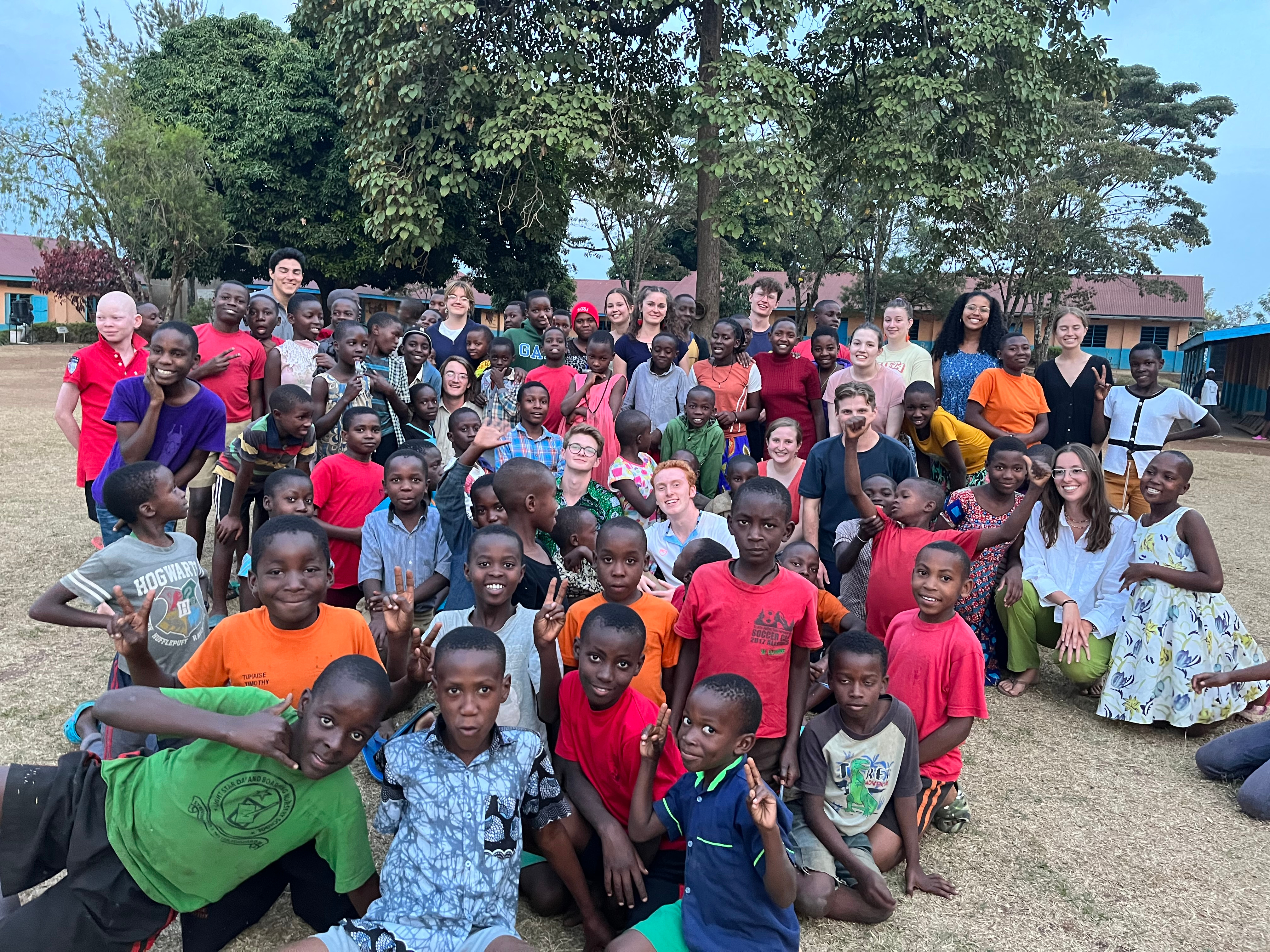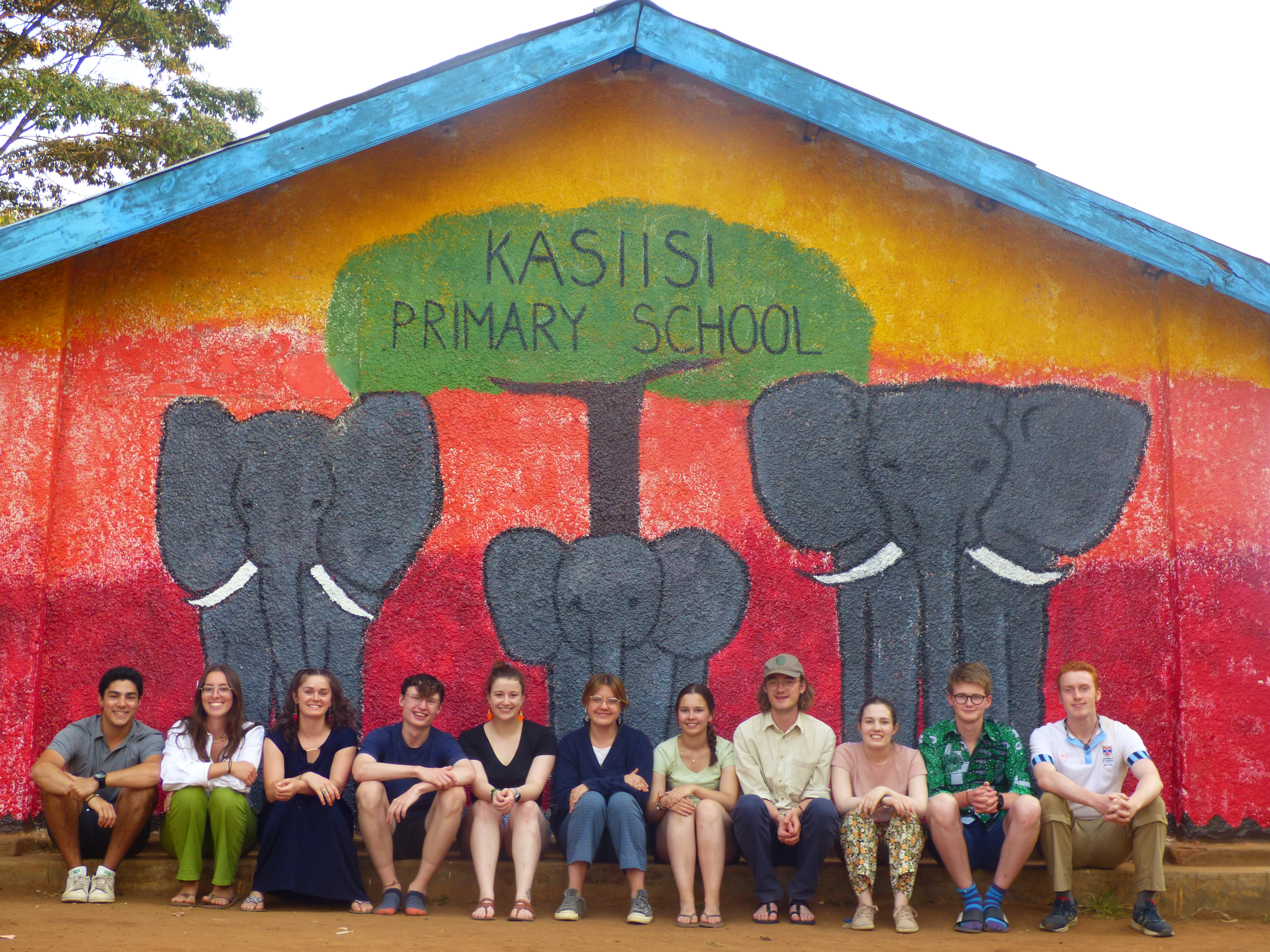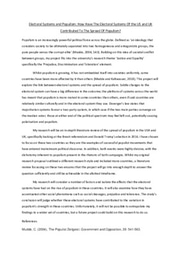Finding myself in Uganda: Reflecting on my LiA with the Kasiisi Project
This summer I have been extremely lucky to spend my LiA working with the Kasiisi Project, based near Fort Portal in southwest Uganda. Although the tongue-in-cheek title suggests my time in Uganda was akin to a gap year, it was anything but. I did not find myself (whatever that’s supposed to mean), however, I learnt about myself and have changed because of the time I spent in Uganda. The Kasiisi Project was set up to conserve the Kibale National Park. To do so, they provide education, training, healthcare, and resources to the communities that live close to the park. The 11 scholars that worked with the Kasiisi Project were split into three groups, with mine focussing on conservation education. Our brief was to work with the wildlife clubs in four partner schools to deliver a curriculum about elephants.
Creating the curriculum was fairly straightforward. We worked closely with the Kasiisi Project’s full-time staff, particularly Kajurra Derrick, the conservation education coordinator and our boss. At the end of the project, we shared our curriculum and resources with the wildlife club patrons from all 16 Kasiisi Project schools so they could use them at their schools, widening the impact and making our project more sustainable.
Whilst creating the curriculum was straightforward, delivering it was another thing entirely. There was a national teachers' strike over pay for the first three weeks of our time in Uganda. This restricted us as it meant we could not teach at three of the schools. Luckily, Kasiisi school has about 200 boarding students, so we taught them instead. This meant once the schools reopened, we already had experience teaching and were prepared to teach as soon as possible. Teaching the lessons was challenging too. Although all the students spoke English, their ability varied greatly and as such, so did their engagement. We always had one of the teachers with us in the class to translate if necessary, but when this happened the lessons became very stilted. To overcome this challenge, we used simple language, gestures, and wrote and drew on the blackboards. This helped the pupils engage as, if they could not understand our accents, they would understand writing and pictures. We also asked the students to repeat instructions or read out what we had written on the blackboard. At the end of each lesson we also spent several minutes asking them what they had learnt. This meant we knew that they had remembered the information and allowed us to go over anything that needed to be taught again.
The most eye-opening and thought-provoking aspect of my time in Uganda was the poverty. Kanyawara Primary School, one of the schools we worked with, struggled to build bathrooms due to lack of funds, the floor was broken and sharp stones stuck out. The classrooms were exactly like the ones depicted in charity adverts on TV, but naively, I did not realise that schools like that not just exist but are the norm in many countries. Seeing it on TV is one thing, experiencing it is another. With this I struggled to see my impact and how what I was doing was worthwhile, why should I be teaching about elephants and the need to protect them when elephants destroy farmland, the livelihoods for many in the communities we worked in? I struggled to reconcile this with myself; it helped that our brief came from the Kasiisi Project and therefore came from the people who knew what the community needed most; the people living in the community.
It also helped that we could find our own ways to make an impact. One of the students at Kasiisi suffers from albinism so has very impaired vision. I noticed this in a lesson and asked the Kasiisi project if we could raise some money to get him glasses. I asked the other scholars and between us and friends and family we reached our target. Although it was a drop in the bucket, it was a drop in the bucket that will have a very real impact for this student.
Working in a team with people very different to myself I have become more empathetic, thoughtful, and aware of the world around me. Through teaching, my confidence in public speaking has grown, especially in improvising when a student asks an unexpected question! And finally, after living in Uganda for 6 weeks, I am much more appreciative of the luxuries I used to take for granted. Living in the guesthouse with the other scholars meant our friendships grew quickly. All 11 of us got on well and have stayed in contact since leaving. With the guesthouse on the grounds of Kasiisi Primary School and the Kasiisi Project’s office right next to us, we were immersed in the culture from the start. At the beginning of the trip, this took a lot of getting used to, however, the teachers and students at the school and the Kasiisi Project’s staff welcomed us like family. This made acclimatising easy. I would like to thank Zarin Machanda and the whole Kasiisi Project for all the work and organisation they put in to make the experience as incredible as it was. Although challenging, I really enjoyed my time in Uganda and it will stay with me forever, that is down to Zarin, the Kasiisi Project and the scholars I had the joy of living with for six weeks.




1. The scholars and Kasiisi students painting an elephant mural. 2. The conservation team teaching a lesson on savannah and forest elephants. 3. The Laidlaw scholars and some of the boarding students at Kasiisi Primary School. 4. The Laidlaw scholars in front of the finished elephant mural.


Please sign in
If you are a registered user on Laidlaw Scholars Network, please sign in